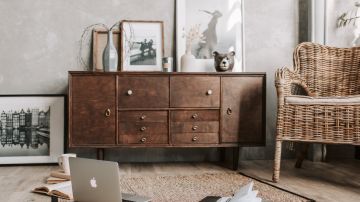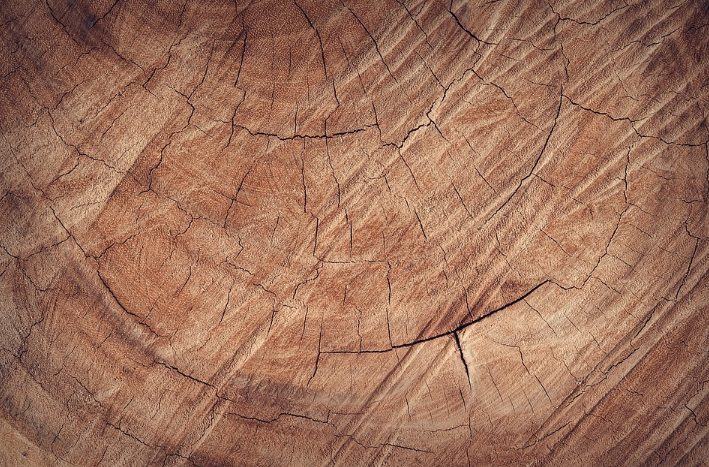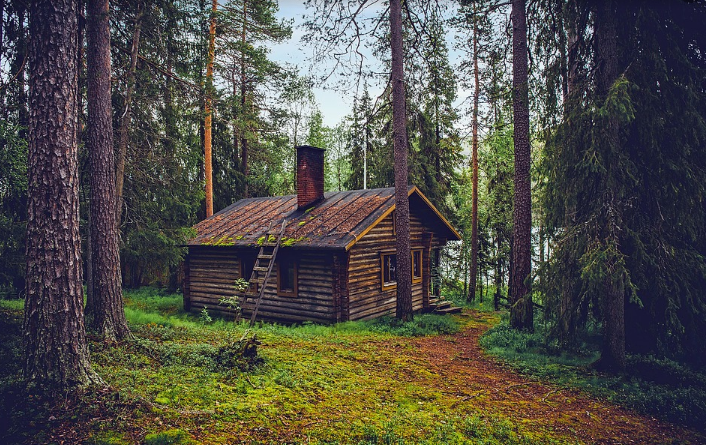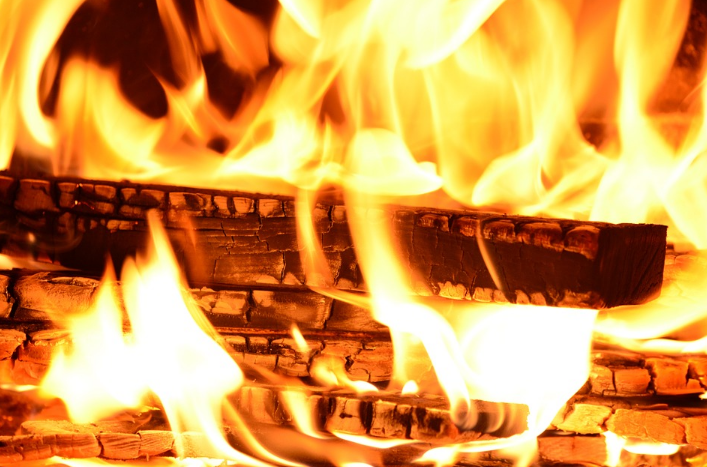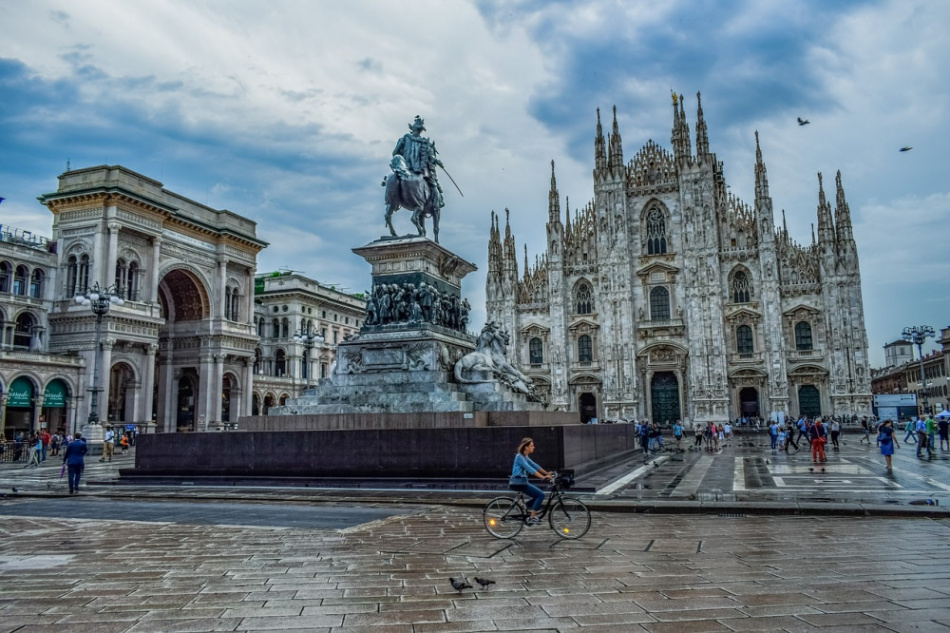We all love a home where we can feel comfortable, and when you build your own place you can make every decision knowing what works for you. It's the trade-off you make in your mind. On the one hand, it takes more work to bring the job in on time, and you need to keep a lot of things in line. On the other, it can save you a lot of money, and you end up with what you want.
Many people, when building their own home, will go down the "down-home" rustic route. In line with that relaxed attitude, this more rural approach to building your house means using more natural materials. It means being close to the land, away from pollution and living more serenely.
All in all, it is a good idea. But it is worth bearing in mind that being too wedded to a single approach is inevitably going to lead to some problems. When you're putting a new house together or remodeling an old one, it's a balancing act. If you become too ideological about it, there are risks. It's a better idea to take the natural approach where possible but look at a more pragmatic way to do other things.
If you're still skeptical about taking it in that direction, let's go through a few of the potential drawbacks...
Natural Materials Are Expensive
Because natural materials don't come from renewable sources, they are in limited supply. Using things like wood and cut stone for all of the structure of your house involves a lot more work. Not only that, but given how long it takes trees to grow, it's not something that can be used freely and cheaply.
Not that you shouldn't use some of it, of course - utilized in the right places it is sturdy and looks wonderful. But particularly in places where it won't be seen, you're wasting money. Some combination of breeze blocks and sustainable human-made materials will be useful in the skeleton of the house.
They're Not Always As Durable
A major part of the rustic ethos is using natural materials in their most natural form. Indeed, some people will use found materials and incorporate them into the structure of the house. Where this works, it can look charming.
However, you do need to balance style and function. It is essential to remember that this house needs to stand up to extremes of temperature. If you live somewhere rainy, it needs to deal with that too.
So while much of your house may stand up fine to the elements, it may require some support. Durable siding is a worthwhile approach. There are many LP Smartside colors available which will fit in with the aesthetic of your home. And because they have a long-term guarantee, you're not dealing with a product that will keep needing to be replaced. This makes your home more resource-friendly.
Repairs May Be Trickier
Balancing rustic materials with ones that are less so is wise for a number of reasons, not least when it comes to making repairs. A stone slab surface in the kitchen may look great, but if it cracks it is a lot harder to repair. This doesn't mean you shouldn't use it, but consider how much of it you need to use. The larger a piece is, the more it will cost to replace if it can't be satisfactorily repaired.
Similarly, if you've got a thatched or reed roof, it's often not the case that just the damaged part can be taken off. Taking it can damage the parts around it, so you need to consider this at the time of building. If you have contractors fitting the roof, ask them how best to go about the maintenance of the materials.
Does All Of This Mean You Shouldn't Bother Going Rustic?
Let's be clear: there are drawbacks to any way of building, and a more natural home has a lot going for it. If you have any concerns for the environment, it is a better approach and will result in less pollution.
One way to go may be to take a log cabin approach on the outside. Many log cabins these days are built from wood which is taken from standing dead trees. This makes it cheaper to extract and easier to work with. Plus, who doesn't love a log cabin aesthetic?
You simply need to be aware of the potential drawbacks of any material you might use, and particularly careful with some aspects. For example, no one wants their house to be flooded or to have an electrical fire. But in a house that is made mostly from wood, both of these disasters can be all the more difficult. So you need to be ultra careful with plumbing and wiring.
It might be tempting to go with unfinished wood on the outside of the house, but how well will it cope with - for example - a lightning strike? It seems like an alarmist question to ask. But if this home is standing for decades as you hope it will be, it needs to be asked. Over the course of so many years, nearly anything can happen to a home. Making sure it is ready is just common sense.
"But I Really Like The Look!"
Everyone does. And the sustainability of a more rustic home is an attractive thing too. The more natural materials you use, the fewer pollutants will run off when it rains. However, in some areas which are more functional than others, using reproductions may be best. Keep them wood-effect, so they still look great. But it's also important to get durability.
The rustic approach to building a new house is not something anyone with half a mind would look to discourage. It simply needs to be balanced with a realistic attitude and a mind that is open to compromise. With that ensured, you can build a house that will stand for decades and look as beautiful as it first did in your mind.

